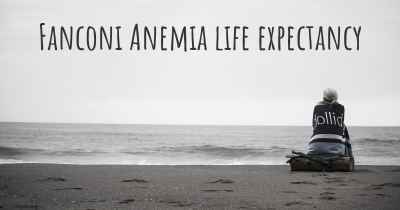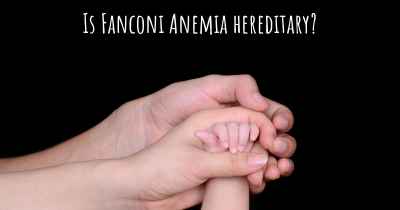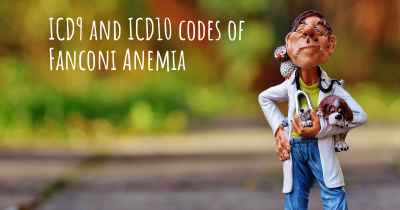What is the history of Fanconi Anemia?
When was Fanconi Anemia discovered? What is the story of this discovery? Was it coincidence or not?

Fanconi Anemia (FA) is a rare genetic disorder that was first described in 1927 by the Swiss pediatrician Guido Fanconi. It is named after him in recognition of his significant contributions to understanding the condition. FA is characterized by a wide range of physical abnormalities, bone marrow failure, and an increased risk of developing certain types of cancer.
The discovery of Fanconi Anemia:
In the early 20th century, Fanconi observed a group of children who exhibited similar physical features and symptoms, including short stature, skeletal abnormalities, and progressive bone marrow failure. He recognized that these shared characteristics indicated a distinct medical condition and began studying the disorder in more detail.
Understanding the genetic basis:
It wasn't until the 1960s that the genetic basis of Fanconi Anemia started to be unraveled. Researchers discovered that FA is an inherited disorder caused by mutations in specific genes involved in DNA repair. These genes are responsible for maintaining the stability of the genome and preventing the accumulation of DNA damage.
Advancements in research:
Over the years, scientists have made significant progress in understanding the underlying mechanisms of FA. They have identified at least 23 different genes associated with the condition, each representing a different complementation group. These genes play crucial roles in DNA repair pathways, particularly the repair of DNA crosslinks.
Implications for cancer research:
Studying Fanconi Anemia has provided valuable insights into the development of cancer. Individuals with FA have a significantly higher risk of developing certain types of cancer, particularly acute myeloid leukemia (AML) and solid tumors such as head and neck, gastrointestinal, and gynecological cancers. Understanding the genetic mutations and DNA repair defects in FA has shed light on similar mechanisms that contribute to cancer development in the general population.
Treatment and management:
Currently, there is no cure for Fanconi Anemia. Treatment primarily focuses on managing the symptoms and complications associated with the disorder. This may include blood transfusions, bone marrow transplantation, and supportive care to address the various physical abnormalities and organ dysfunctions.
Research and future prospects:
Ongoing research in the field of Fanconi Anemia aims to further understand the molecular mechanisms underlying the disorder and develop targeted therapies. Gene therapy and gene editing techniques hold promise for correcting the genetic mutations responsible for FA. Additionally, advancements in stem cell transplantation techniques may improve outcomes for individuals with FA who require bone marrow transplants.
In conclusion, Fanconi Anemia is a rare genetic disorder that was first described by Guido Fanconi in 1927. Significant progress has been made in understanding the genetic basis and underlying mechanisms of the condition. The study of FA has also provided valuable insights into cancer development. While there is currently no cure, ongoing research offers hope for improved treatments and potential genetic interventions in the future.
Posted Sep 22, 2017 by Jo 1920
FA wordt veroorzaakt door een fout in de genetische code. Omdat de aandoening zo zeldzaam is en de symptomen zo uiteenlopend, wordt de diagnose niet altijd direct gesteld.
In Nederland zijn ruim 100 patiënten met FA bekend. Er wordt momenteel een registratie van alle Nederlandse patiënten opgezet. Wereldwijd zijn er meer dan 3000 FA-patiënten bekend. Dankzij een betere behandeling leven zij steeds langer en zijn er steeds meer volwassenen met FA.
Symptomen
De volgende problemen kunnen duiden op FA:
slecht functioneren van het beenmerg (beenmergfalen)
aangeboren lichamelijke afwijkingen aan skelet en/of organen en geringe lengte
afwijkingen in de hormoonhuishouding (endocrinologische afwijkingen), zoals een te langzaam werkende schildklier, te weinig groeihormoon, suikerziekte en onvoldoende puberteitsontwikkeling
sterk verhoogde kans op leukemie en kanker van de slijmvliezen (plaveiselcelcarcinoom) in mondholte en -bij vrouwen - de geslachtsorganen
Posted Sep 22, 2017 by Barbara 2670
https://www.amazon.es/ANEMIA-FANCONI-EXPERIENCIA-ENFERMEDAD-RARA/dp/1521487286/ref=sr_1_1?ie=UTF8&qid=1500408965&sr=8-1&keywords=anemia+de+fanconi
Posted Jul 18, 2017 by Elisabet 1900








